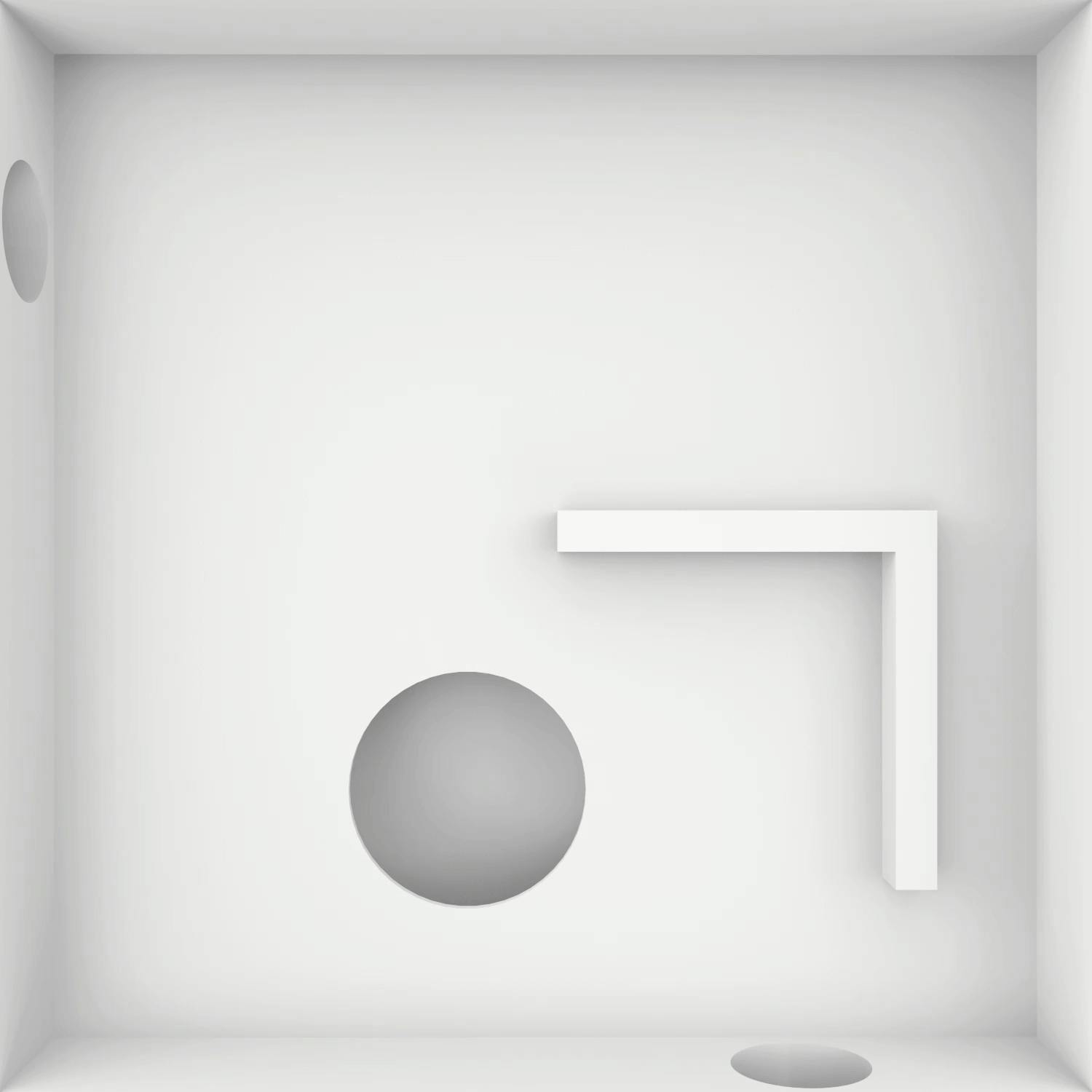Retirement Income
You’ve saved your money for retirement and now you need to begin withdrawing your funds. There can be many different sources of your retirement income. Essentially, there are three pillars that can make up your retirement income:
- Government Pensions
- Employer Pensions/Group RRSP
- Individual Pension Plans or Retirement Savings
Retirement and RRSP planning considers the optimal time and amount to withdraw funds from your RRSP investment, pension plan or other sources of retirement income.

Which Accounts Can I Draw From?
Start plotting your retirement income strategy by understanding the sources of income – from pensions, RRSPs and more.
The Three Pillars of Retirement Income

Government Pensions
Government pension plans most commonly consist of the Canada Pension Plan (CPP) and Old Age Security (OAS). If you contributed to the Canadian Pension Plan during your working years, you will be provided with monthly payments from the government. The amount of income you receive every month depends on the length of time you contributed to the plan, how much you contributed, and the age you start receiving your retirement pension benefits.
Old Age Security (OAS) pension is a monthly payment you can get if you are 65. It is income based and will be clawed back over certain thresholds.

Employer Pensions and Group RRSPs
The second pillar is employer pension plans and/or group Registered Retirement Savings Plans (RRSPs). Your pension plan might be a defined benefit pension plan or a defined contribution pension plan. Generally, both yourself and your employer will contribute to the plan over the span of your career. When you retire, you have the option of taking a monthly income from the pension plan or taking your commuted value and have an investment advisor or financial planner manage your assets.

Individual Pension Plans or Retirement Savings
The third pillar of retirement income is individual retirement savings. This can come in a number of different forms and accounts. The most common account is a Registered Retirement Savings Plan (RRSP). An RRSP investment is a tax-sheltered vehicle where an investor can grow assets tax-deferred until they pull money out of the RRSP or turn it into a Registered Retirement Income Fund (RRIF).
Tax Free Savings Accounts (TFSA) can also be used for retirement income. When used for retirement income, it doesn’t count as income like other sources of retirement income.
Other areas of retirement income can include individual pension plans, non-registered accounts, rental income, dividends, and business income.
Let's solve this puzzle together.
Get in touch today to see how we can help you with your retirement and RRSP planning.
